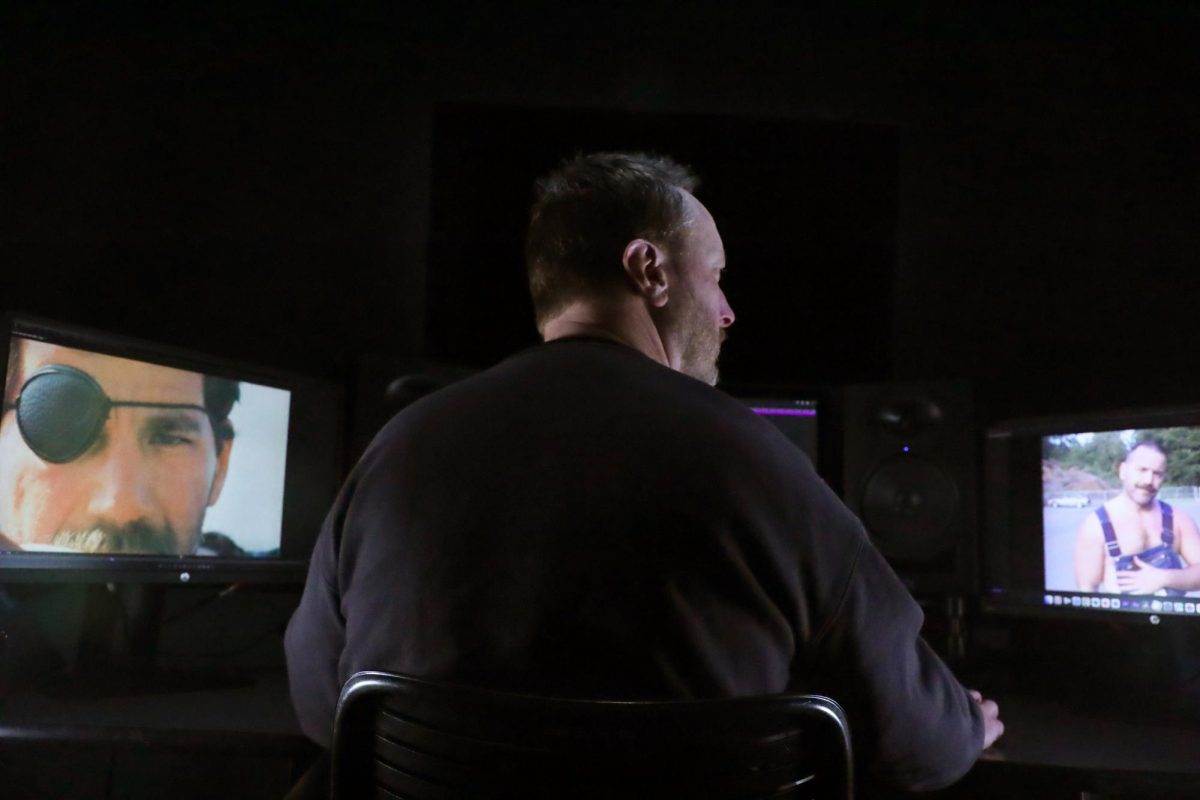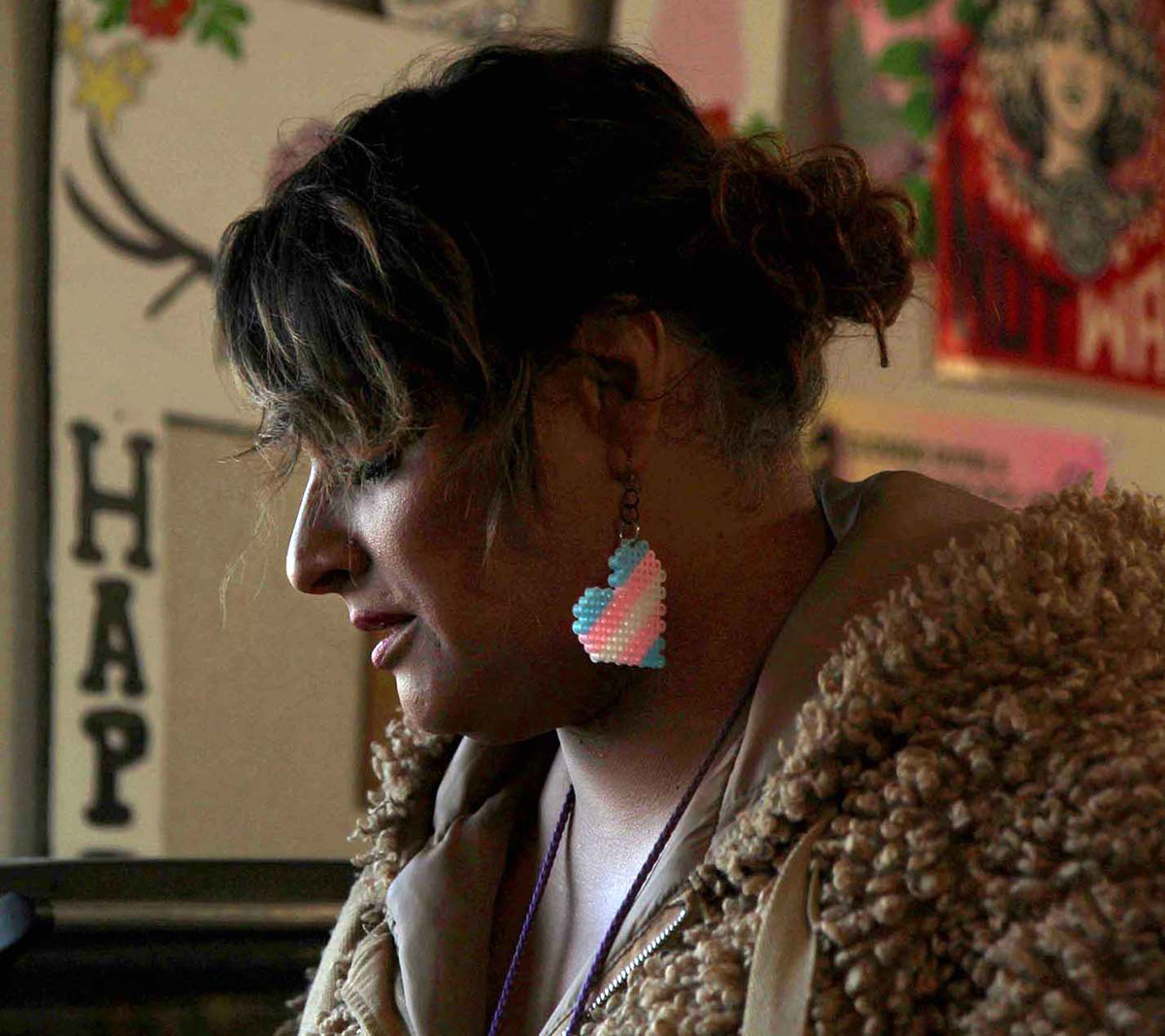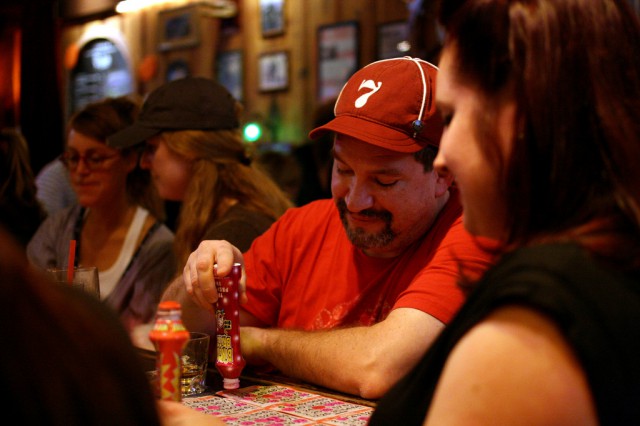In case you’ve been living under a rock and/or aren’t an anglophile, Doctor Who, the longest running science fiction TV show, recently hit its fiftieth anniversary, complete with a feature movie-length episode to celebrate.
Premiering for the first time November 23, 1963 on BBC, Doctor Who had seen, at the time of the series seven finale, eleven canonical Doctors and the appearance of a previously unmentioned Doctor. This mysterious Doctor, brain child of current show runner Steven Moffat, is central to the plot of “The Day of The Doctor”.
As a bit of background, Doctor Who is a story about the adventures of a time-traveling alien throughout time and space. How has the show kept up it’s longevity, considering the eventualities of death and other projects causing a revolving cast of main actors? Simple—via a process called “regeneration.” When the Doctor has reached the end of his life, either via old age or accident, he’s simply able to regenerate into a new body, with the same memories. It’s the gift of the Time Lords, the people from Gallifrey, where the Doctor originates. New actor, same character essentially, and the show moves forward.
After running continuously through seven Doctors, the show was canceled for several years, before a reboot was attempted in the form of a movie, introducing Paul McGann as the Eighth Doctor. The movie was badly received, but the show eventually saw new life in 2005, when Russell T. Davis stepped into the position of executive producer, with Christopher Eccleston as the Ninth Doctor. However, in between the Eighth and Ninth Doctors, events specified as the Time War, a battle fought between the Time Lords and the Daleks, taking millions of casualties and destroying numerous planets, occurred. By Davis’ canon, the Doctor ended the Time War by destroying his people, as well as the Daleks—an act that leaves immeasurable amounts of guilt on the shoulders of the 900-year-old alien at the reboot of the series.
Moffat takes advantage of the sketchy details surrounding not only the Time War, but also the lost period of time between the Eighth and Ninth Doctors. Thus enters John Hurt, as the War Doctor—a regeneration that the Doctor denies simply because of his actions. Never mind the fact that they are all the same person, the destruction of an entire race—not to mention their own race, makes for bad bloop between regenerations.
Through a series of events, Matt Smith, as the Eleventh Doctor, and Jenna Louise Coleman, as Clara Oswald, companion to the Doctor, are brought to London to solve a mysterious break in at UNIT’s headquarters. While this is happening, events are unfolding at the same time, albeit over 400 years earlier, in which the Doctor’s Tenth regeneration, played by David Tenant, is in the process of wooing Queen Elizabeth the First. Or rather, he’s wooing what he believes to be an alien impersonating the queen, a Zygon. While this is occurring, the War Doctor has broken into the forbidden vault of weapons on his home planet, stealing a weapon known as “The Moment”—a machine with the power to destroy an entire planet, intelligent enough that the interface has not only become sentient and developed a conscience, but it’s developed the ability to project a human form to communicate with the Doctor. In this case, the form taken is combination of the first companion to grace the TARDIS in NewWho, Rose Tyler. However, that’s only in physical form—the entity is technically the Bad Wolf, who was created when Rose absorbed the heart of the TARDIS to save the Doctor.
Confused yet? It only gets more complicated.
Soon enough, these three Doctors are brought together via time fissure, leaving the Tenth and Eleventh regenerations to face the version of themselves they’ve worked so hard to forget. Naturally, The Doctor is unaware as to why his future selves are so disgusted with him—for him, he has yet to trigger the moment, destroying his planet and leaving himself alone in the world.
During his stint as show runner, Davis was essential to breathing new life into the show but his method of bringing about the new story line, painting the Doctor as a lonely alien, protecting the planet he so dearly cares about, now that his home is gone, left a few holes open in he storyline. Naturally, Moffat exploited them and blew the canon wide open, as he is wont to do. And he does so in spectacular fashion, creating plot holes and wrapping them up neatly further on. After three seasons as show runner, Moffat has shown his appreciation for multi-arc story lines and lots of excitement, which he applies to the 50th anniversary episode, complete with an extra side of emotional manipulation and beautiful scenery and special effects.
During the entire production process, Moffat and the production team were especially tight-lipped about who would or wouldn’t be included in the anniversary. However, the absence of the Ninth Doctor, companions from the newest seasons, as well as the inclusion of the surviving Doctors were noticeable, bringing about initial criticism. In cameos pulled from video archives, all of the previous nine Doctors make an appearance at the penultimate point of the episode, with a bonus appearance by the recently cast Twelfth Doctor, played by Peter Capaldi. Moffat manages to work in a small bonus tribute, as well as paying homage to The Five Doctors, a previous Doctor Who special.
Despite the lack of previous companions and screen time for previous Doctors, Moffat creates a beautiful episode that lives up to 50 years of history, with references from the original serials, such as harkening back to the original title card sequences, crediting all the Doctors from William Hartnell all the way down to Matt Smith, including John Hurt. The episode, viewed by seventy-seven million people, is just one of many landmark moments adding to the canon and legend that is Doctor Who.











